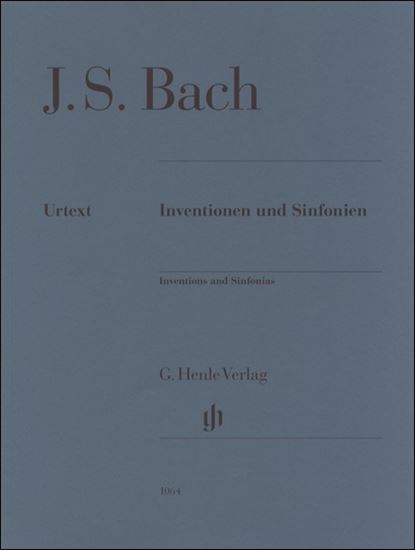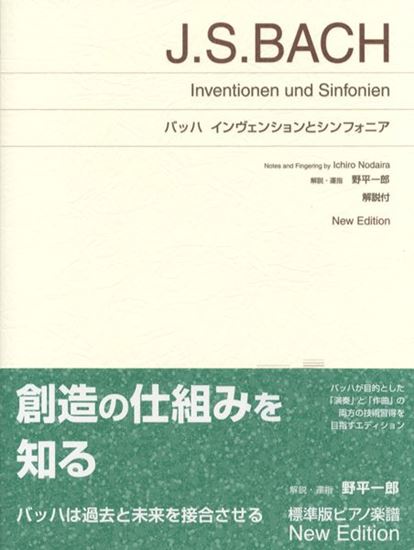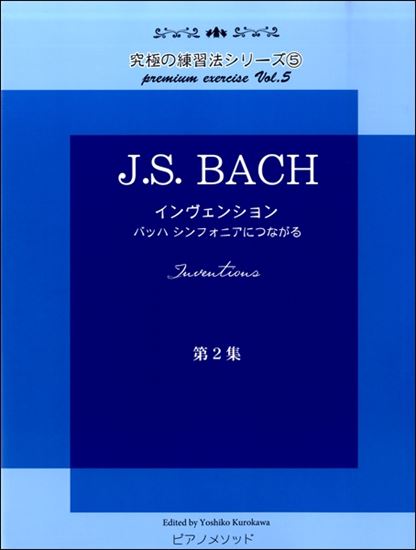Bach, Johann Sebastian : Invention Nr.10 G-Dur BWV 781
Work Overview
Genre:pieces
Total Playing Time:1 min 00 sec
Copyright:Public Domain
Commentary (3)
Author : Takamatsu, Yusuke
Last Updated: September 18, 2020
[Open]
Author : Takamatsu, Yusuke
G major, 9/8 time.
A lively piece characterized by arpeggiated figures. Its connection to improvisational techniques has been noted, and indeed, the theme, composed of arpeggios, is well-suited for improvisation while considering harmonic progression. As evidence, the harmony fundamentally changes every measure, and modulations using the technique of repeating the same figure at different pitches (sequential progression) are frequently employed. Given that performance and composition were inextricably linked in Bach's era, it likely also contains an educational intent to demonstrate how to perform and compose through improvisational techniques.
The piece is structured in two parts. In the latter part (from m. 14), the lower voice presents the theme in the dominant key, and the upper voice responds a fifth higher.
Author : Hayashikawa, Takashi
Last Updated: March 15, 2018
[Open]
Author : Hayashikawa, Takashi
c, c', and c'' serve as common rhythmic motifs.
In measures 27 and 28, the left hand's theme spans from the 2nd to the 9th beat.
Score example provided by: Bärenreiter Verlag
Author : Ooi, Kazurou
Last Updated: March 12, 2018
[Open]
Author : Ooi, Kazurou
No. 10 in G major
When comparing Bach's G major to F major, it is evident that while G major may lack the same robustness as F major, it is lively and conveys a very joyful mood. This can be observed in works such as the Well-Tempered Clavier and the French Suites. I believe the articulation in this No. 10 offers a great many possibilities. Learners are encouraged to consult with their teachers to determine the articulation. When I was in elementary school, I had recordings of all the Inventions at home. In this No. 10, the three eighth notes within one beat were articulated with a legato on the first and second notes, and a staccato on the third. Measures 4-6 were legato, and from measure 7, the pattern returned to legato on the first beat, followed by legato + staccato articulation on the second and third beats. Having listened to it repeatedly, that articulation became fixed in my mind, but you are free to apply articulation as you wish.
This piece is typically performed at a fast tempo. In such cases, for example, the first note of the first beat in measures 11 and 12 has a trill written for both the left and right hands (referring to the Henle edition). A common mistake is to spend too much time on these trills, thereby losing the timing. Please be careful.
From measure 20 to 23, and from measure 24 to 25, there are long trills in both the left and right hands respectively. These are continuous trills, so ensure they do not stop.
PTNA & Partner Channel Videos(7items)
Sheet MusicView More
Scores List (36)

カワイ出版

(株)ヤマハミュージックエンタテインメントホールディングス
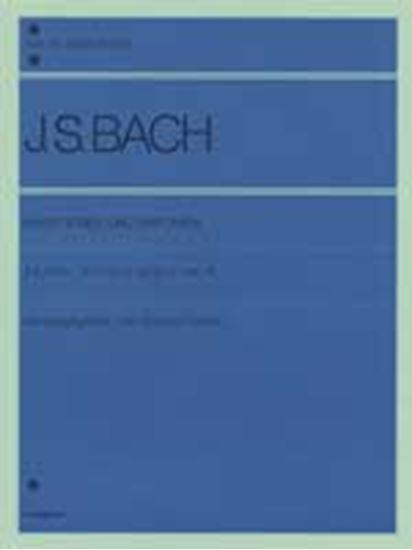
(株)全音楽譜出版社
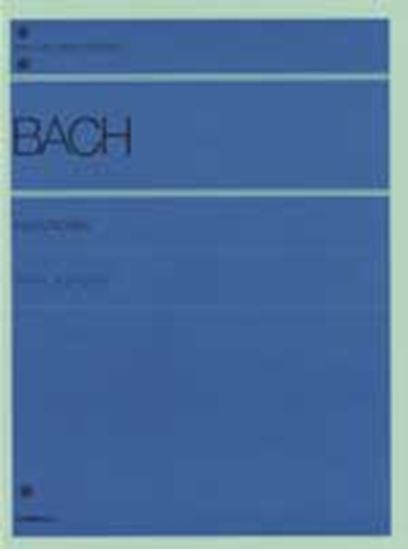
(株)全音楽譜出版社

(株)ドレミ楽譜出版社

(株)音楽之友社

(株)全音楽譜出版社

(株)音楽之友社

(株)音楽之友社

(株)ドレミ楽譜出版社

(株)ドレミ楽譜出版社

(株)ドレミ楽譜出版社

(株)ドレミ楽譜出版社

カワイ出版

(株)渓水社

(株)音楽之友社

(株)全音楽譜出版社

(株)エー・ティ・エヌ

(株)全音楽譜出版社

カワイ出版

(株)音楽之友社

(株)音楽之友社

(株)東音企画(バスティン)

(株)ヤマハミュージックエンタテインメントホールディングス

Neil A. Kjos Music Company










